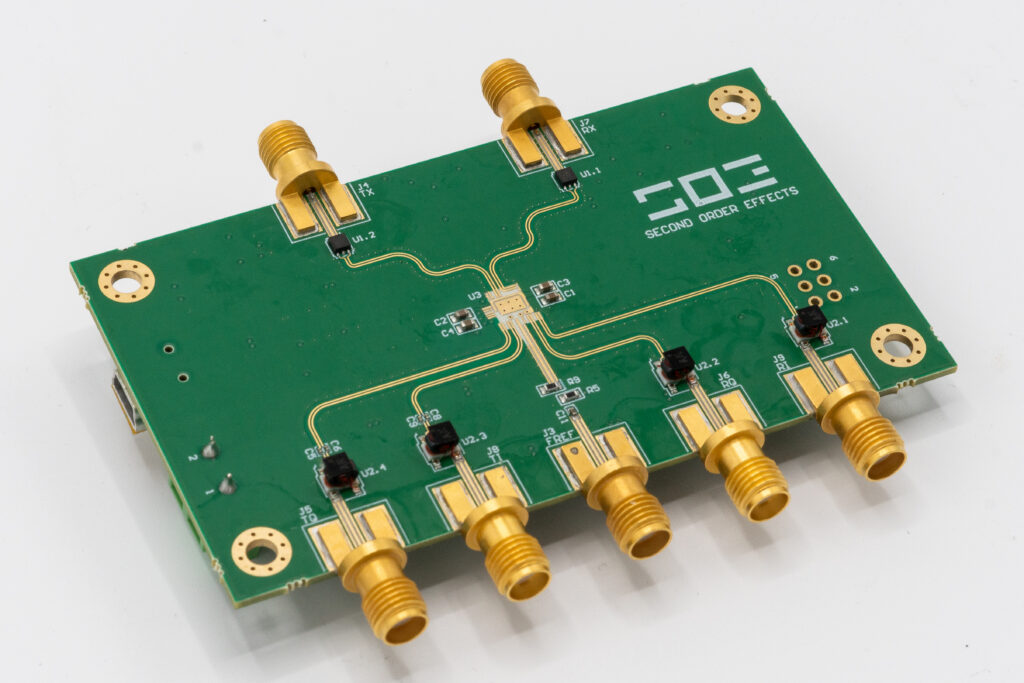Jet Propulsion Laboratory (JPL) is responsible for developing the agency’s robotic exploration of the solar system as well as scientific analysis of Earth. To monitor the ongoing megadrought in the Southwestern United States, JPL is preparing to deploy the enhanced-metasurface (EMTS) system. The drone-based RF radar operates at the C and Ku band of frequencies (4-18 GHz) specifically for measuring snowpack properties (density, depth, and liquid water content) to provide an estimate of Snow-Water Equivalent (SWE). SWE is a metric that measures how much water is stored in the snowpack in a particular region and is critical for water resource planning by government and private entities. JPL designed a Radio Frequency Integrated Circuit (RFIC) that assists in processing the radar waveforms transmitted to and reflected off the snow.
In mass produced PCB applications, ICs are typically packaged in plastic for easy and standardized assembly. Given the extreme performance requirements, JPL chose an architecture where the chip’s die is mounted directly to the board before being wire bonded to avoid parasitic loss from the plastic enclosure. JPL worked with Second Order Effects (SOE) due to their extensive experience working on high-reliability aerospace applications that require high efficiency and therefore require bare die bonding. In under seven weeks SOE 1) designed a test board with a custom footprint, and 2) built a packageless system complete with Motor Control Units, RF connectors, and power supplies.
NASA’s (JPL) is a federally funded research and field center managed by CalTech.
